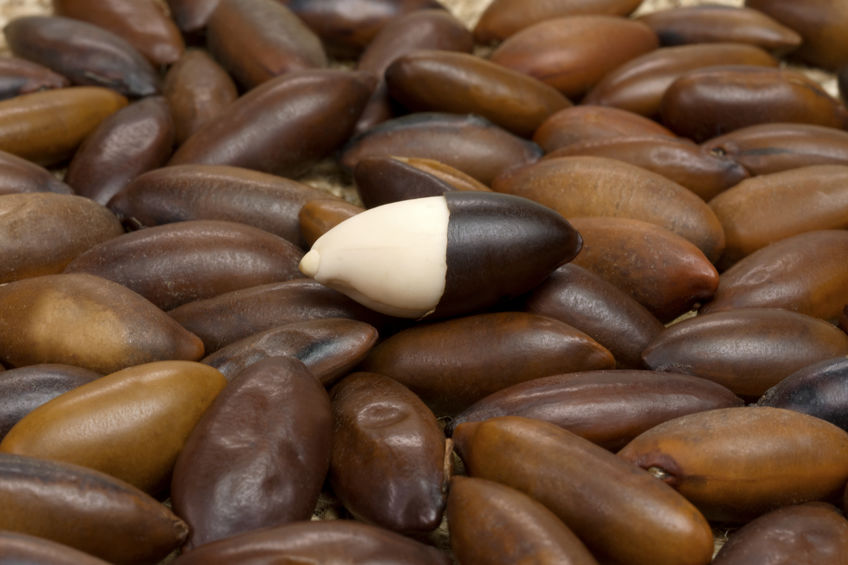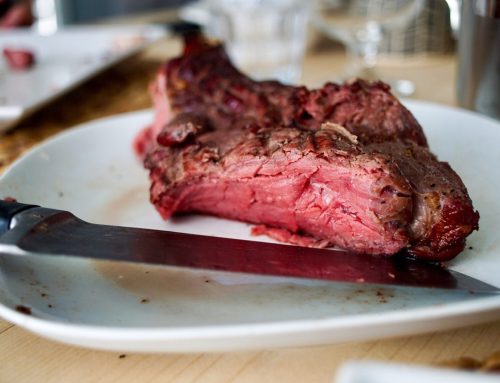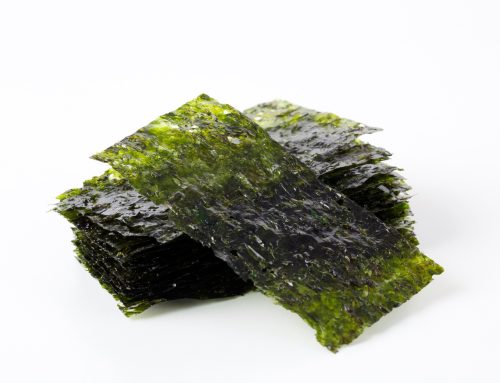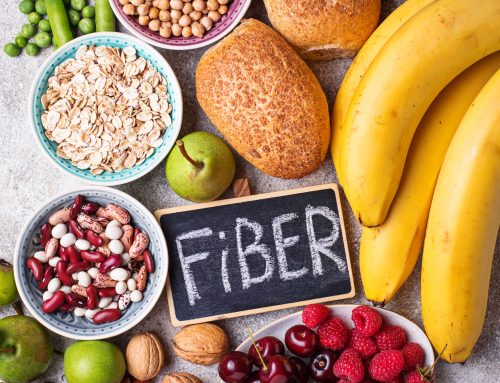What are baru nuts? Perhaps you’ve heard the buzz about the exotic baru nut being the latest superfood. I had to check them out. Here’s some useful information about this special nut.
What Are Baru Nuts?
Originating from the Brazilian savanna, Baru nuts are a member of the legume family, encased in a tough outer shell which is inside a fleshy fruit. They taste like a hybrid of a cashew and peanut (but harder in texture), are a nutritional powerhouse and environmentally friendly.
The nuts are grown wild on Baruzeiro trees in a region called the Cerrado in Brazil, which has been victim of deforestation. The nuts are harvested seasonally, once a year, in late summer and are roasted before being sold. They can be eaten as a snack, tossed into a salad, or blended into a smoothie just like most other nuts.
Compared to other nuts, baru nuts are lower in calories and total fat than other familiar nuts (i.e. walnuts, almonds, cashews) and also higher in protein, carbohydrates and fiber. They are an excellent source of fiber and vitamin E and a good source of minerals such as magnesium, potassium, iron and zinc along with antioxidants.
Baru nuts are not only nutritious and delicious but environmentally friendly. They have a low water footprint and as the demand for these nuts increases, less trees are being cut down in the area where they are grown which is very important for the ecosystem.
While these exotic nuts are far from ubiquitous, they are gaining popularity. You can bust them at While Foods. While they may not be available in all retail outlets and supermarkets, they can be purchased more easily online.
Nutrition Facts
This information is for a 30g (1.1 oz portion) of roasted, unsalted nuts:
Calories: 140-155
Fat: 8-10g
Saturated Fat: 1-2g
Sodium: 0mg
Carbohydrates: 7-12g
Fiber: 5–8g
Sugars: <1g
Protein: 6–7g
Magnesium: 66mg
Zinc: 1–2mg
Potassium: 280–294mg
Carbs
Baru Nuts contain 14g carbohydrates per 30-gram portion (about 1ounce) or 3 tablespoons. Of these carbohydrates, up to half may be from fiber (8g). They contain more fiber than any other nut.
Fats
There are 8–10g of total fat per 30-gram portion and only 1–2g of saturated fat. The majority of fat includes a combination of healthy mono- and polyunsaturated fat.
Protein
These nuts contain 6–7g protein per 30-gram serving which is comparable to peanuts and much higher than all tree nuts. This high protein content is attributed to it being a member of the legume family, just like peanuts.
Vitamins and Minerals
Similar to other nuts, baru nuts are a source of a variety of micronutrients including iron, zinc, magnesium, potassium, calcium and vitamin E. Many of these mineral levels are significantly higher than other commonly consumed nuts with the exception of potassium which is comparable to pistachios and vitamin E which is comparable to almonds.
One serving of baru nuts provides approximately 6% the daily value of potassium and iron, 10% the daily value of zinc, almost 15% the daily value of magnesium, and about 30% of the daily value of vitamin E.
Health Benefits
There have not been extensive studies on baru nuts however one strong study showed promising health benefits in the areas of heart disease and weight management.
• Supports Heart Health
A randomized placebo-controlled trial examined the benefit of daily consumption of baru nuts among overweight and obese women. The results showed that adding 20g (less than 1 ounce) of baru nuts to their diets over 2 months, increased HDL cholesterol (good cholesterol). This is likely related to a combination of the high content of mono-and polyunsaturated fats, fiber, and antioxidant compounds in the nuts.
• Assists with Weight Management
The same study also measured abdominal fat and waist circumference, both of which were significantly reduced after two months of daily baru nut consumption.
• Boosts Immune System
Baru nuts are particularly high in antioxidants, measured by a high ORAC (oxygen radical absorbance capacity) score of approximately 6,000 per serving. An ORAC score is a method of measuring the antioxidant capability of different foods. For frame of reference, researchers state that having a daily intake of 3,000-5,000 ORAC units per day is beneficial for health. While ORAC score alone does not determine the health benefits of a food, it does indicate the potential for baru nuts to help fight free radicals in the body.
How to Eat
Baru nuts can be eaten the same way as any other nut, perfect for snacking, added to salads for extra crunch or even ground into a nut butter. Baru nut butter is currently only available for retail purchase as mixed nut butter combined with cashew butter. Baru nuts can also be chopped and added to a granola mix or energy bar/bite.
Click here to find out what are baru nuts?







